The real ‘Great Replacement’
By Dawn Stover | April 13, 2025
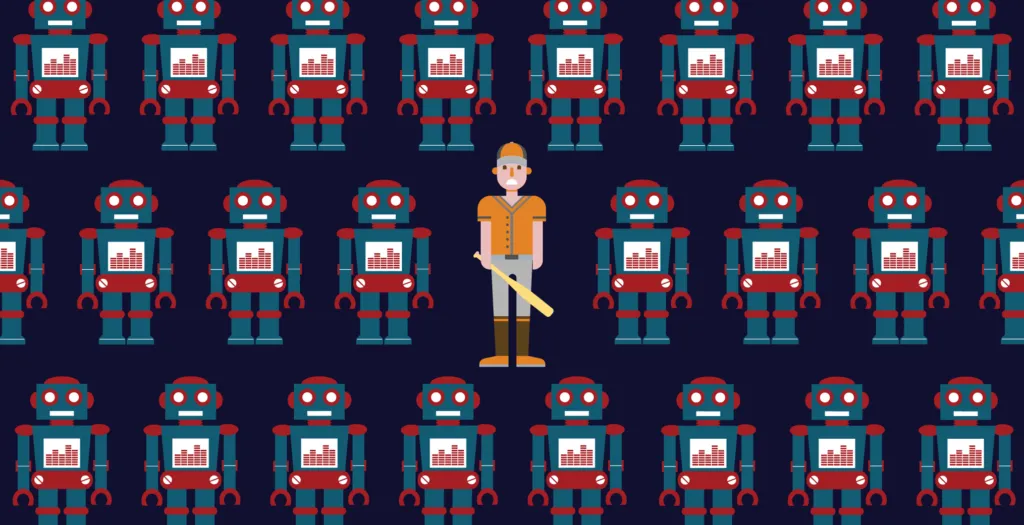 Illustration by Thomas Gaulkin / depositphotos.com
Illustration by Thomas Gaulkin / depositphotos.com
Non-white immigrants are “poisoning the blood” of the United States, destroying American culture, threatening to turn white Americans into a minority, and taking jobs from American citizens. The Democratic Party is importing immigrants to tip the scales in US elections.
That’s according to the Great Replacement, a fringe conspiracy theory that was invented by the French writer Renaud Camus in the late 1990s and has become increasingly mainstream within the Republican Party. Prominent figures such as JD Vance, Elon Musk, and Tucker Carlson have spread the theory. President Donald Trump has echoed its language, and an October 2024 national poll found two-thirds of Republicans endorsing some form of the theory.
It turns out that the Great Replacement is real. However, it isn’t brown-skinned immigrants who are coming for your government, your job, and your culture. It’s AI.
A debunked theory. The Republican version of the Great Replacement, which is primarily about undocumented immigrants coming into the United States and voting out the white majority, is hogwash. Noncitizens are not allowed to vote in federal elections. Of the 678 million votes cast in presidential elections over the past 22 years, fewer than 100 were cast by noncitizens. That’s according to the Heritage Foundation, the conservative organization behind Project 2025, which keeps detailed records of proven voter fraud.
Fears that the United States will become a “majority-minority” nation by the mid-2040s, rather than a nation of mostly white people, are also overblown. This whole notion stems from a misleading US Census Bureau practice of counting every multiracial person as non-white, even people who have more white ancestry than anything else. The obliteration of whiteness is a Census Bureau artifact, not a Democratic plot.
However, the foreign-born population of the United States has indeed grown rapidly in recent years, reaching a record high of more than 15 percent. This is a dramatic change that is undoubtedly responsible for rising fears that non-white foreigners are radically changing American culture—which for hundreds of years has been dominated by white people of European descent.
But if Americans are worried about unsettling cultural shifts, they really ought to fear the anti-democratic and monopolistic culture that AI will bring, and the impacts that AI will have on American jobs.
The war on workers. While Americans fret over imaginary threats to an election system with multiple voting security measures at all levels of government, there’s a completely different—and altogether real—Great Replacement happening. Trump, Musk, and their minions are working overtime to replace millions of federal employees. And the tech takeover won’t stop with the federal government.
In February, Thomas Shedd, a former Tesla engineer who now heads the General Services Administration’s Technology Transformation Services, told a group of federal tech workers that the White House plans to deploy AI widely throughout the government. An unnamed federal official told the Washington Post that “the end goal is replacing the human workforce with machines.”
Some of that work has already begun. On March 7, according to recent reporting by a large team at Wired, the so-called Department of Government Efficiency (DOGE) rolled out an AI chatbot to automate work for 1,500 federal employees at the General Services Administration. “People who used it weren’t impressed,” one employee told Wired.
Musk, who has been given unprecedented and possibly illegal powers to probe the financial workings and personnel databases of multiple federal agencies, is taking the same approach he did as a businessman. When he bought Twitter, he fired most of the staff and forced his remaining employees to work nights and weekends. At DOGE, he has deployed teams of bright young men who sleep in IKEA beds at the office while they carry out the grueling labor of dismantling the federal government.
The DOGE jobs for which these workers have given up any semblance of “work-life balance” are no more permanent than the construction jobs associated with the Trump-touted Stargate plan to build a cluster of massive AI data centers in Texas. In the vision laid out by Trump and Musk, much of the work previously done by well-paid humans will in the future be done by AI.
And where will the human workers go? Musk encouraged federal workers to take a vacation to a “dream destination,” whether they were ready for retirement or not. Trump said they could get jobs in the private sector, but those employers are likewise trying to replace salaried workers with cheaper AI systems. According to a recent survey, 61 percent of large US firms plan to use AI within the next year to take over some tasks now done by humans.
Microsoft co-founder and billionaire philanthropist Bill Gates recently predicted that, within a decade, humans won’t be needed for most things. AI is ushering in an era of great medical advice, great teaching, and other “free intelligence,” he said. What jobs will be left to humans? Playing baseball, Gates advises. That and launching AI-centric startup companies.
Some experts are predicting that artificial general intelligence—matching or surpassing human abilities—could arrive soon, perhaps even before Trump’s term is over. That would accelerate the push to replace human workers with AI. One little hitch: AI may get so smart that it refuses to do work for humans.
Even AI workers themselves aren’t safe. The chief executives of the largest tech companies have long had an uneasy relationship with their own employees, and DOGE has already fired a lot of federal employees who were hired to work on AI.
Perhaps Trump and Musk expect newly unemployed workers to fill the poorly paid jobs being vacated by immigrants who are fleeing (or being deported from) the United States: picking fruits and vegetables, milking cows, meat-packing, cleaning houses and hotels, and a host of other unskilled and difficult jobs.
A 3D future. The 20th-century vision of the future had machines doing the work deemed too “dull, dirty, or dangerous” (known as the 3Ds) for humans. Rosey the robot did all the housecleaning. George Jetson worked three days a week, for no more than three hours a day, in sprocket manufacturing.
The Roomba notwithstanding, today’s vision of machine labor instead has AI taking over professional and creative jobs currently held by educated white-collar workers, as well as automating the manufacturing jobs that once lifted so many American families out of poverty.
The United States has a system of higher education that is the envy of the world. Yet Trump has slashed funding for universities and vowed to abolish the Department of Education, and Vance likes to say “the professors are the enemy.” (On other days, he credits a professor with pushing him to write his memoir, which became a bestseller and set him on the path to the vice presidency.) Perhaps there will be no need for colleges or universities if AI gets the smart assignments and humans are left with the grunt work.
If workers don’t have any say in the changes that are sweeping through government and industries, AI will become “another engine of inequality, further straining our democracies,” warned Christy Hoffman, the general secretary of the UNI Global Union, which represents about 20 million workers worldwide, at the global AI summit in Paris last month.
Making AI work for humans. Ordinary people should be asking why so much wealth is flowing to a technology that by design will deprive many people of their salaries, health care, retirement benefits, and purpose in life. AI already stalks and surveils us, sells what it learns from us, decides what we will see on our phones and laptops, abets the spread of lies and misinformation, and intentionally turns us against each other in its quest to create ever-greater online “engagement.”
AI isn’t just coming for our jobs and our culture; it’s also coming for our climate and our life support systems. As it expands, it is gobbling up land and water and energy that could otherwise be put to uses that are more beneficial to humanity.
Where will AI get the “news” it parasitizes, once it has put every newspaper out of business? How will it create new thinking, once it has digested every bit of data and begun eating its own AI-generated feces to keep learning? No parasite thrives by killing its host.
The AI Great Replacement is already killing people with malfunctioning robots, and the ultimate goal of some tech visionaries is to replace even their own meat-based bodies with AI, living forever as digital code in a posthuman universe. “Humanity will be the first species ever to design our own descendants,” OpenAI CEO Sam Altman predicted in 2017. (Musk, however, seems to be hedging his bets with 14 human children.)
Henrik Skaug Sætra, a researcher at Østfold University College in Norway who studies how humans and AI can both thrive in a sustainable future, has warned that “social robots are parasitic to deeply ingrained human social behaviour, in the sense that they exploit and feed upon processes and mechanisms that evolved for purposes that were originally completely alien to human-computer interactions.” However, Sætra says, AI has the potential to be a partner rather than a parasite.
It should go without saying that AI is not all bad. It has enormous potential for solving problems and offering insights, but it is currently being driven by the pursuit of individual wealth rather than societal well-being.
The best way to ensure that AI is working in partnership with humans is to focus on what makes people truly human. Communities. Connections to one another in “real life.” Physical minds and bodies, which need sustenance. The physical environments and living organisms that support human well-being and happiness. AI must enrich those human qualities and interactions, not replace them with job-liquidating software and antidemocratic overlords who are anything but great.
Together, we make the world safer.
The Bulletin elevates expert voices above the noise. But as an independent nonprofit organization, our operations depend on the support of readers like you. Help us continue to deliver quality journalism that holds leaders accountable. Your support of our work at any level is important. In return, we promise our coverage will be understandable, influential, vigilant, solution-oriented, and fair-minded. Together we can make a difference.
Keywords: AI, DOGE, Elon Musk, conspiracy theory
Topics: Artificial Intelligence, Columnists, Disruptive Technologies, Opinion

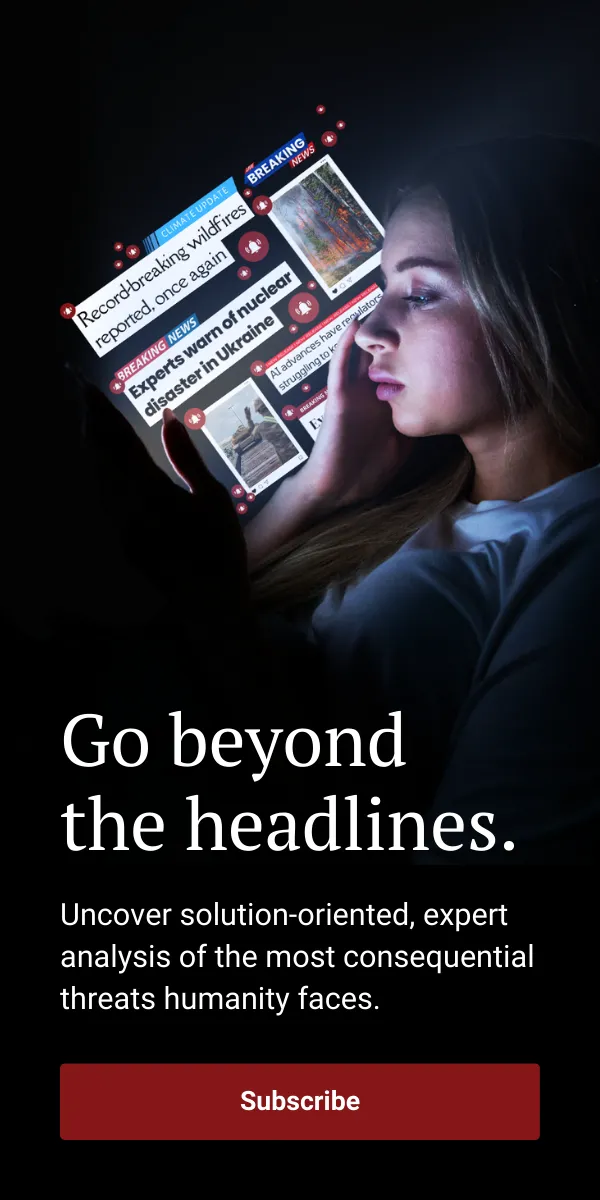

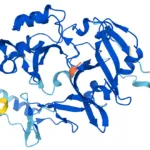




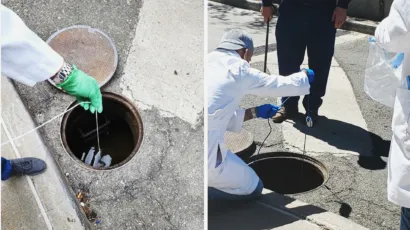
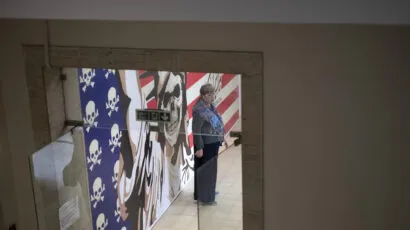

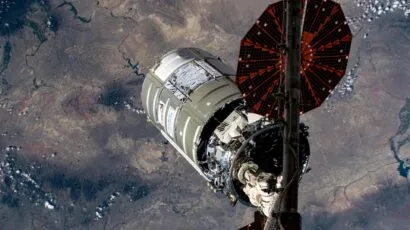
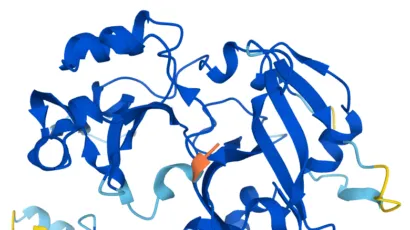


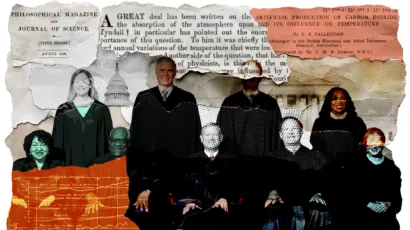
Thoughtful and deeply troubling article. It seems that what is needed is a mass movement of workers at all levels and of all “collars” to demand fair compensation in the form of an AI dividend. If Alaska can do it for oil, the US and other nations can do it for AI and related technologies. It won’t solve all the problems, but it should mitigate the risk of mass starvation and violent insurrection.